Regions of El Salvador, the smallest country in Central America, is known for its rich history, vibrant culture, and diverse landscapes. Divided into 14 departments, each with its own unique character, the country offers a blend of historical sites, natural wonders, and contemporary urban centers. In this comprehensive overview, we will explore the provinces, their capitals, and the distinctive features that make El Salvador a captivating destination.
1. Ahuachapán
Capital Ahuachapán
Highlights
– Santa Teresa Hot Springs Natural hot springs with therapeutic properties.
– Izalco Volcano An iconic volcano known as the “Lighthouse of the Pacific.”
2. Cabañas
Capital Sensuntepeque
Highlights
– Guacotecti A town with historical significance and well-preserved colonial architecture.
– Archaeological site of El Tazumal Ancient Mayan ruins with pyramids and ball courts.
3. Chalatenango
Capital Chalatenango
Highlights
– Montecristo Cloud Forest A protected area with diverse flora and fauna.
– Las Pilas A natural spring and recreational area.
4. Cuscatlán
Capital Cojutepeque
Highlights
– Suchitlán Lake A scenic lake surrounded by hills and forests.
– Cojutepeque Cathedral A historic cathedral with colonial architecture.
5. La Libertad
Capital Santa Tecla
Highlights
– Sunzal Beach A popular surfing destination with consistent waves.
– San Salvador Volcano An imposing volcano with hiking trails and panoramic views.
6. La Paz
Capital Zacatecoluca
Highlights
– San Juan Nonualco A town with colonial-era churches and vibrant local markets.
– Joya de Cerén Archaeological Site A UNESCO World Heritage site, known as the “Pompeii of the Americas.”
7. La Unión
Capital La Unión
Highlights
– Conchagua Volcano A stratovolcano with hiking trails and views of the Gulf of Fonseca.
– Tamarindo Beach A pristine beach with black volcanic sand.
8. Morazán
Capital San Francisco Gotera
Highlights
– Perquín A town with a museum showcasing artifacts from the Salvadoran Civil War.
– El Divisadero A viewpoint offering panoramic views of the Torola River.
9. San Miguel
Capital San Miguel
Highlights
– Chaparrastique Volcano An active volcano with a symmetrical cone.
– Conchagua Archaeological Park Ancient Mayan ruins with pyramids and ball courts.
10. San Salvador
Capital San Salvador
Highlights
– San Salvador Cathedral A historic cathedral in the city’s central square.
– National Palace A grand building housing government offices and a museum.
– Museo de la Palabra y la Imagen A museum documenting El Salvador’s history.
11. San Vicente
Capital San Vicente
Highlights
– Tazumal Archaeological Site Mayan ruins with well-preserved structures.
– El Playón A natural swimming pool in the Apaneca-Ilamatepec mountain range.
12. Santa Ana
Capital Santa Ana
Highlights
– Santa Ana Volcano The highest volcano in El Salvador, offering challenging hikes.
– Santa Ana Cathedral A neo-Gothic cathedral in the city’s central square.
13. Sonsonate
Capital Sonsonate
Highlights
– Juayúa A town known for its weekend food festival, Feria Gastronómica.
– Izalco A historic town with Spanish colonial architecture.
14. Usulután
Capital Usulután
Highlights
– Tinajas A natural spring and recreation area.
– Jiquilisco Bay A coastal area with mangrove forests and diverse bird species.
Overview of Provinces and Capitals:
1. Ahuachapán
Ahuachapán, with its capital Ahuachapán, is a department known for its natural beauty and historical landmarks. The Santa Teresa Hot Springs attract visitors seeking relaxation in a natural setting, while the Izalco Volcano stands as a symbol of the region, offering hiking opportunities and panoramic views.
2. Cabañas
Cabañas, with Sensuntepeque as its capital, is a department rich in history and archaeological sites. Guacotecti, a town within Cabañas, features well-preserved colonial architecture. The Archaeological site of El Tazumal is a significant Mayan ruin, providing insights into the ancient civilization.
3. Chalatenango
Chalatenango, with its capital of the same name, is a department characterized by its natural landscapes and cultural heritage. The Montecristo Cloud Forest is a protected area with diverse flora and fauna, offering opportunities for eco-tourism. Las Pilas, a natural spring, provides a refreshing escape for locals and visitors alike.
4. Cuscatlán
Cuscatlán, with Cojutepeque as its capital, is a department that balances natural attractions with historical landmarks. Suchitlán Lake is a picturesque destination surrounded by hills and forests, attracting birdwatchers and nature enthusiasts. Cojutepeque Cathedral is a historic church with colonial architecture, reflecting the region’s cultural heritage.
5. La Libertad
La Libertad, with Santa Tecla as its capital, is a coastal department known for its beaches and natural wonders. Sunzal Beach is a popular surfing spot, drawing surfers from around the world. The San Salvador Volcano, located in the department, offers hiking trails and stunning views of the surrounding landscapes.
6. La Paz
La Paz, with Zacatecoluca as its capital, is a department with a mix of historical sites and natural wonders. San Juan Nonualco is a town known for its colonial-era churches and vibrant local markets. The Joya de Cerén Archaeological Site, a UNESCO World Heritage site, provides a glimpse into ancient Mayan life.
7. La Unión
La Unión, with its capital La Unión, is a coastal department with scenic landscapes and historical sites. Conchagua Volcano is a prominent landmark with hiking trails and views of the Gulf of Fonseca. Tamarindo Beach, with its black volcanic sand, offers a serene setting for relaxation.
8. Morazán
Morazán, with San Francisco Gotera as its capital, is a department with a mix of historical and natural attractions. Perquín, a town within Morazán, features a museum documenting artifacts from the Salvadoran Civil War. El Divisadero is a viewpoint offering panoramic views of the Torola River and the surrounding mountains.
9. San Miguel
San Miguel, with its capital San Miguel, is a department known for its volcanic landscapes and archaeological sites. Chaparrastique Volcano, an active volcano, is a prominent feature in the region. Conchagua Archaeological Park showcases ancient Mayan ruins, providing a cultural and historical experience.
10. San Salvador
San Salvador, the capital city of El Salvador, is a bustling urban center with a rich cultural and historical heritage. The San Salvador Cathedral is a historic landmark in the city’s central square. The National Palace, a grand building, houses government offices and a museum. The Museo de la Palabra y la Imagen documents the history of El Salvador through various exhibits.
11. San Vicente
San Vicente, with its capital San Vicente, is a department known for its archaeological sites and natural attractions. Tazumal Archaeological Site features Mayan ruins with well-preserved structures, providing a glimpse into the region’s ancient history. El Playón is a natural swimming pool nestled in the Apaneca-Ilamatepec mountain range.
12. Santa Ana
Santa Ana, with its capital Santa Ana, is a department with a mix of natural and cultural highlights. Santa Ana Volcano, the highest volcano in El Salvador, attracts hikers and nature enthusiasts. Santa Ana Cathedral, a neo-Gothic masterpiece, stands in the city’s central square as a symbol of the region’s religious heritage.
13. Sonsonate
Sonsonate, with its capital Sonsonate, is a department known for its vibrant culture and historic landmarks. Juayúa is a town famous for its weekend food festival, Feria Gastronómica, showcasing local cuisine. Izalco, a historic town, features Spanish colonial architecture and cultural charm.
14. Usulután
Usulután, with its capital Usulután, is a coastal department offering a mix of natural and recreational attractions. Tinajas is a natural spring and recreation area popular among locals. Jiquilisco Bay is a coastal area with mangrove forests and diverse bird species, providing opportunities for eco-tourism.
Conclusion:
El Salvador, with its 14 departments and diverse landscapes, invites visitors to explore its historical, cultural, and natural treasures. From the colonial architecture of Sensuntepeque in Cabañas to the pristine beaches of La Libertad and the urban vibrancy of San Salvador, each region contributes to the country’s multifaceted identity.
As El Salvador continues to celebrate its cultural heritage, protect its natural wonders, and welcome travelers from around the world, the departments and their capitals play a crucial role in shaping the nation’s narrative. Whether exploring ancient Mayan ruins, hiking to volcanic craters, or enjoying the coastal beauty, El Salvador offers a rich tapestry of experiences for those eager to discover its unique charm and history.


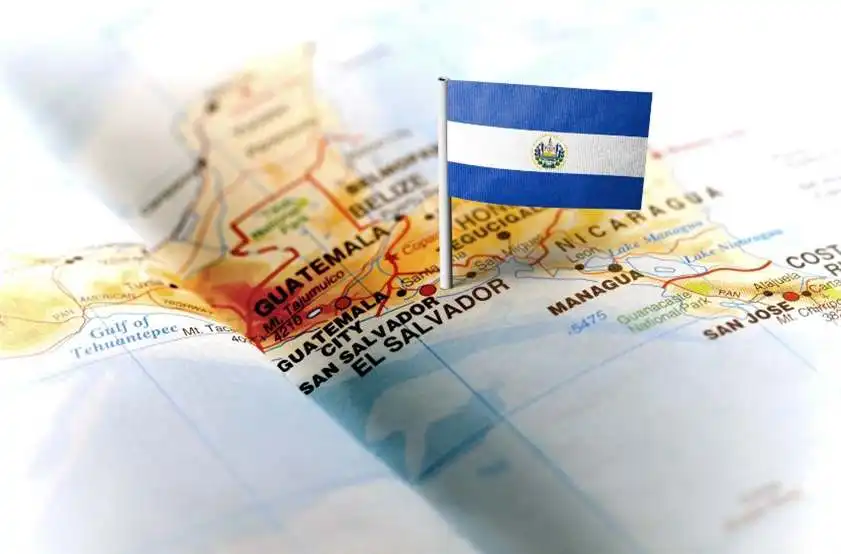
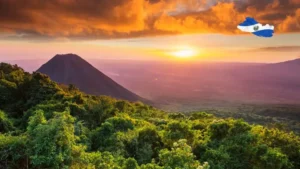
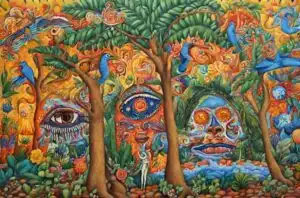
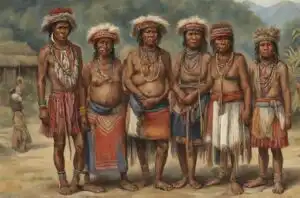
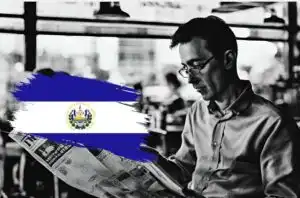

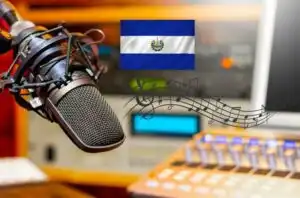
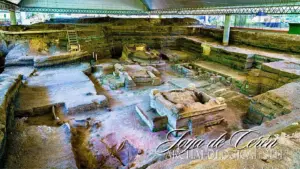
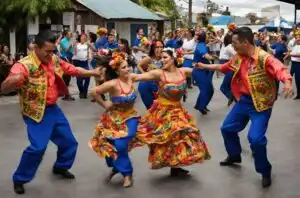
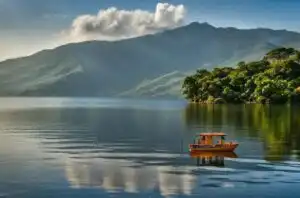
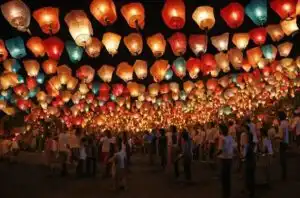
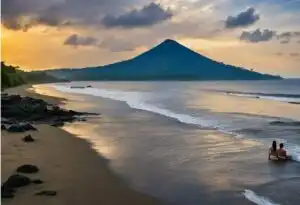
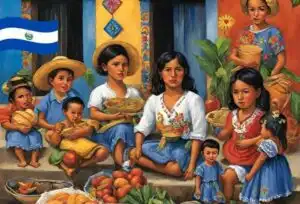
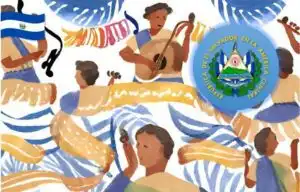
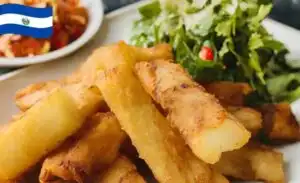
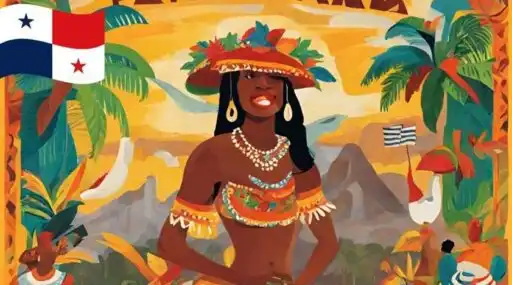
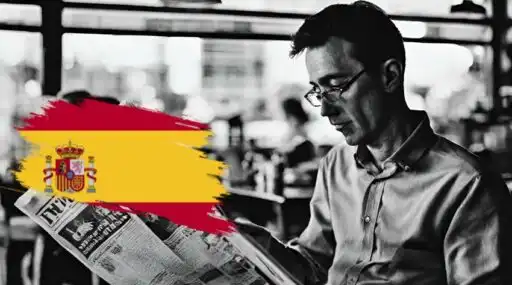
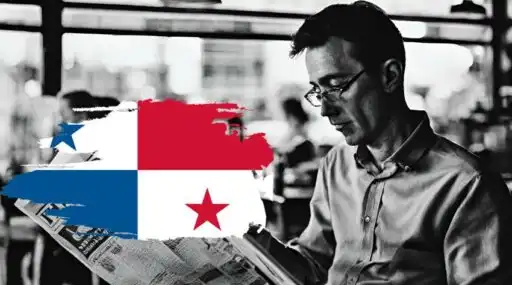



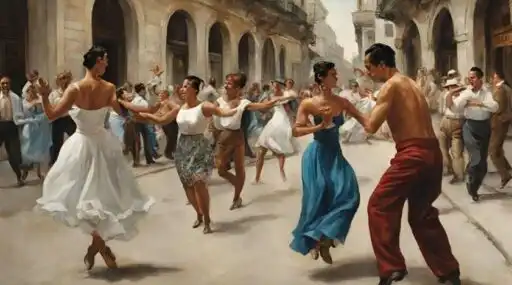

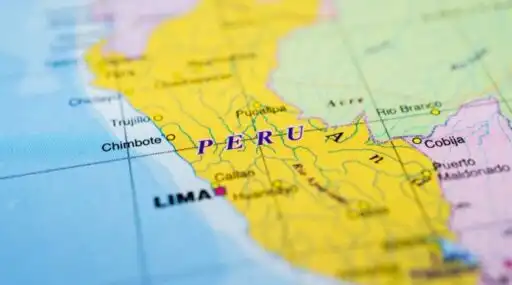

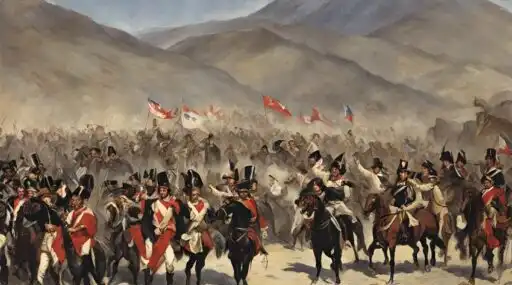
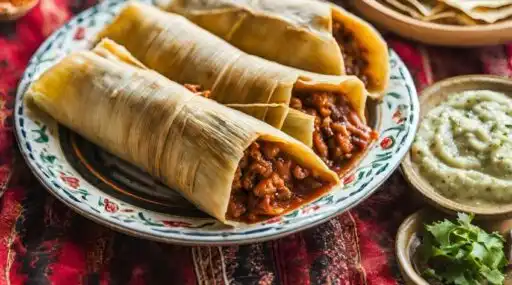
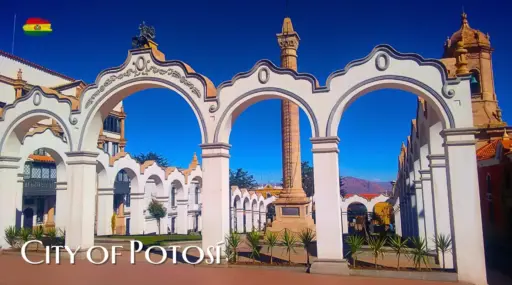







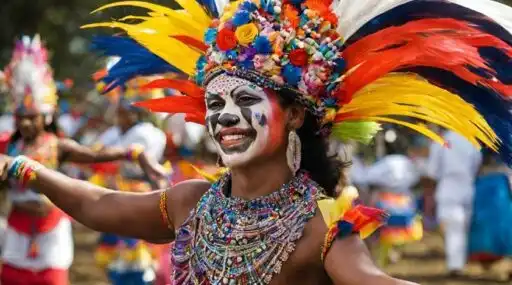
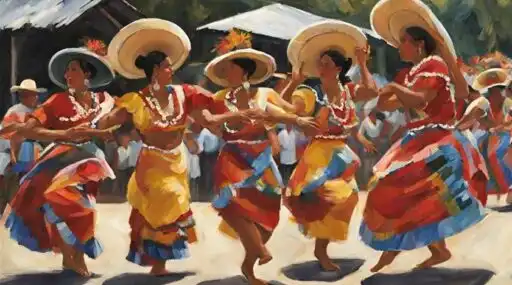
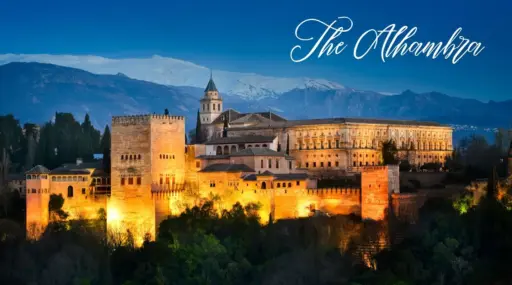
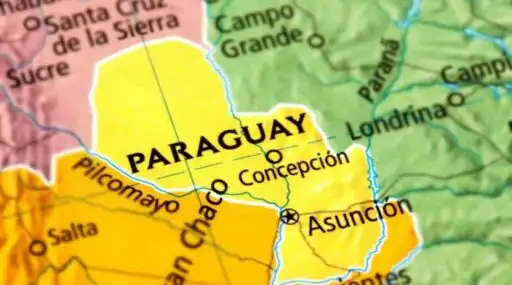



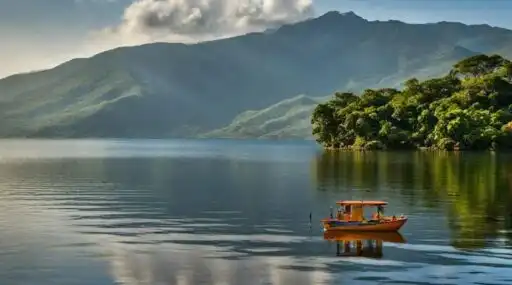
Leave a Reply